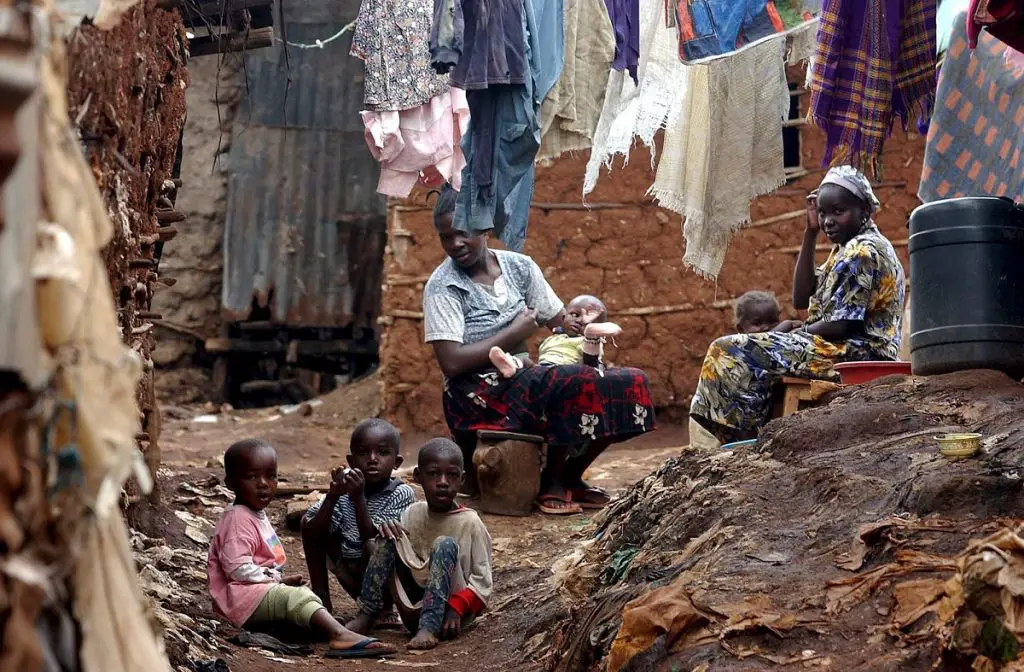The Kenya government’s economic growth narrative is not adding up with many Kenyans struggling than they have for a few years.
Central Bank of Kenya (CBK) Governor, Dr Patrick Njoroge, is faulting the country’s economic structure which has failed to deliver jobs and rise in incomes.
On Monday, Njoroge said that despite the highly publicised delivery by the Uhuru Kenyatta government, households are feeling the touted gross domestic product (GDP) growth.
Dimming hopes and growth
He reckoned that increased infrastructure spending has not spread the wealth among working Kenyans.
Speaking at the International Monetary Fund regional outlook report launch, Dr Njoroge said, “It’s true you have GDP numbers, but you can’t eat GDP. At the end of the day, what’s needed is specific income, plus jobs.”
And in an interesting twist, the World Bank, another Bretton Woods Institute on Thursday said that Kenyans are not as poor as they were 4 years ago.
In a report, the Kenya Economic Update 2019, the World Bank indicated that poverty has decreased from 46 per cent in 2005 to 36 per cent in 2019.
However, Dr Njoroge is of the opinion that the central composition of growth is important.
“If it is just driven by infrastructure that doesn’t quite bring income to your grandmother. She needs to care not because it is 6.5 per cent, but because of what really hits her pocketbooks,” he added.
The World Bank says that in 2018, Kenya had a strong rebound but the economic activity in the country has moderated in 2019.
Lower agricultural output and a weak private sector investment are the major causes of the slowdown.
Kenya’s economy expanded by 5.6 per cent in the first half of 2019 in recovery after having decelerated from 6.5 per cent in the first half of 2018.
The World Bank estimates that Kenya’s GDP growth for 2019 is expected to be in the 5.8 per cent range.
The institution is optimistic that the sustained pickup of the economy in the second half (H2) of 2019 will sustain the growth “as reflected in a nascent recovery in private sector credit, positive business sentiment, and improved short rains that are expected to boost harvests”.
Kenya’s Ksh3T (US$ 30B) budget is ambitious with the World Bank saying that the country should be realistic with its projections.
In September 2019, National Treasury data showed a substantial increase in the FY2018/19 budget deficit which prompted calls for stronger measures to return Kenya to a path of fiscal consolidation.
The World Bank notes that this deficit resulted in the crowding out of the private sector and driving the growth in public debt stock negatively affecting private sector credit growth.
“This calls for credible adjustment measures by the government to place fiscal accounts back on a prudent trajectory,” noted the report.
The institution poured cold water on Kenya’s budget projections saying the measures should include actions to increase revenue while making revenue projections more realistic.
Kenya has been on a borrowing spree much to the anger of the public and a feature that the World Bank report highlights.
“In addition, measures to adjust the government’s borrowing plans are essential to rebalance the public debt portfolio towards cheaper and longer-maturity debt, hence reducing its vulnerability to market instability as well as creating fiscal space.”
Interest rate caps review
The institution notes that repealing the interest rate caps is a welcome development that should be accompanied by complementary reform measures.
On October 16, 2019, the Kenyatta returned the Finance Bill 2019 to Parliament with a memorandum that calls for the repeal of section 33B of the Banking (Amendment) Act of 2016.
“The removal of interest rate caps should eliminate what has been a powerful disincentive for banks to lend to SMEs and restore the potency of monetary policy. Reforms that address the root causes of high-interest rates could be fast-tracked to accompany this step.”
The report recommends that government domestic borrowing should be reduced while also strengthening credit-information sharing and promote transparency in the pricing of credit.
But the biggest axe to grind remains growth on paper but not among the people who should be impacted the most by this growth.
Kenya’s rich-poor gap has continued to grow with the most disadvantaged in society bearing the brunt.
With the government’s rosy picture, lack of jobs and poorer wages raise eyebrows as to how the economy is growing yet it cannot be felt by those who are supposed to be the biggest beneficiaries.
